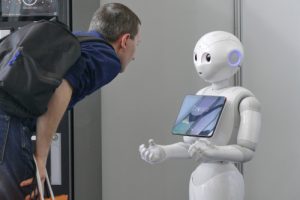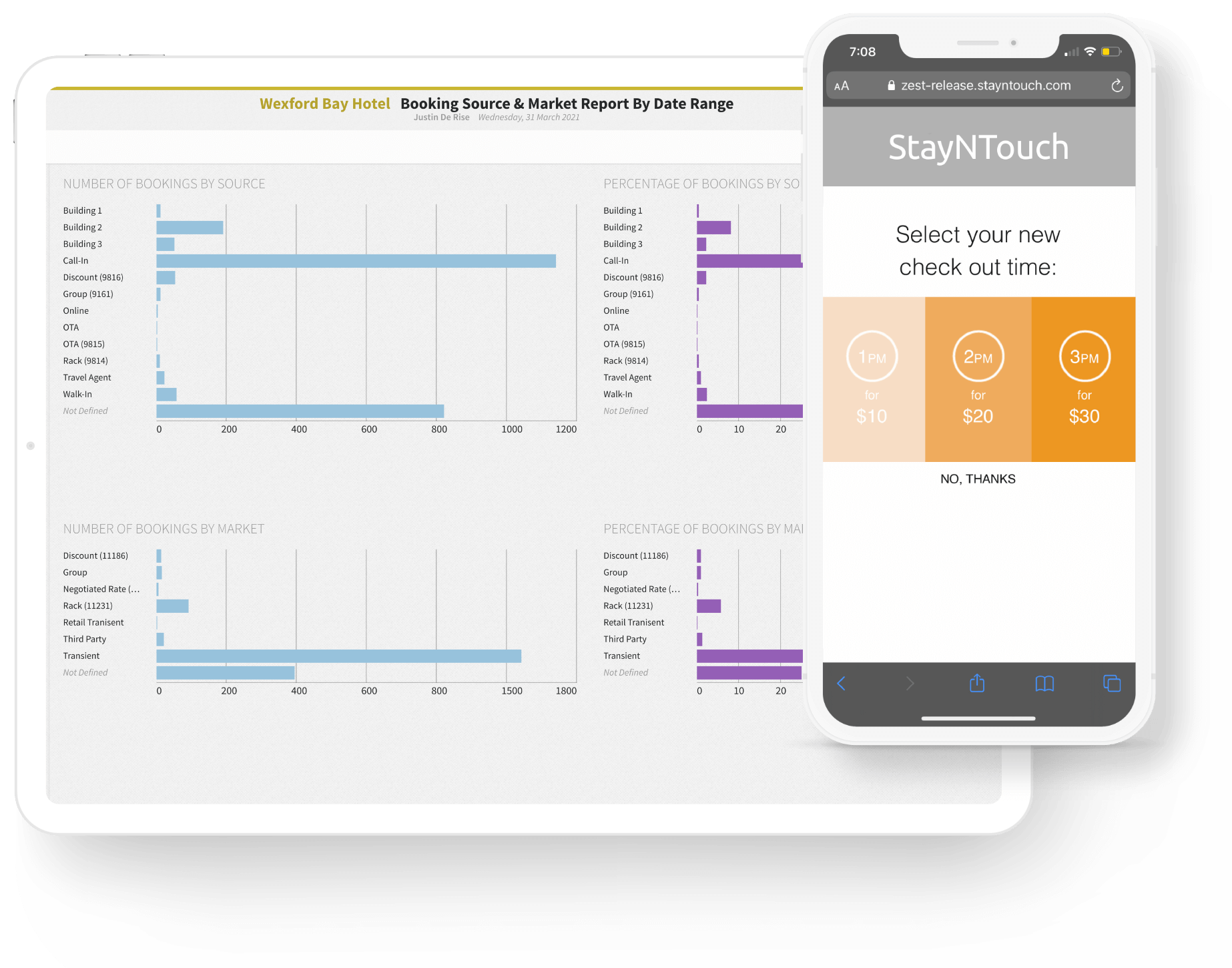If you were to look at your typical day, how many tasks are aided by convenience? With the advent of smartphones, the rapid growth of the Internet and mobile connectivity we are constantly finding more convenient ways to get many things done without too much hassle. We have easy access to all sorts of information, news, and have the ability to shop online any time of the day or night from the comfort of your own home. We now value convenience. We have become spoiled by immediacy and are annoyed by tasks that remain at the old level of effort and time. Not surprisingly, as task after task becomes easier, the growing expectation of convenience exerts a pressure on everything else to be easy or get left behind. Convenience has emerged as perhaps the most powerful force shaping our individual lives and our economies.
But it wasn’t always like this. Convenience as we now know it is a product of the late 19th and early 20th centuries, when labor-saving devices for the home were invented and marketed. Milestones include the invention of the first “convenience foods,” such as canned pork and beans and Quaker Quick Oats; the first electric clothes-washing machines; cleaning products like Old Dutch scouring powder; and other marvels including the electric vacuum cleaner, instant cake mix and the microwave oven. Then in the 1960’s came the Automated Teller Machine (ATM), the first conception of self-service technology (SSS). Since then, due to the advancements in technology, self-service technologies have come a long way and are now almost everywhere in every industry in various forms such as mobile banking, online shopping, e-support, virtual agents, self-serve luggage stations, on-demand concierge apps, hotel delivery bots, online tracking, kiosks from photo-printing, to airport and hotel check-in, grocery shopping, digital food ordering – the list is endless.
Automation, smart technologies and self-service achieve various new advances every day fuelling and feeding our appetite for convenience. “After you have experienced streaming television, waiting to see a show at a prescribed hour seems silly, even a little undignified. To resist convenience — not to own a cellphone, not to use Google — has come to require a special kind of dedication that is often taken for eccentricity, if not fanaticism.” Tim Wu, Law Professor at Columbia. With our constant desire for convenience, customers increasingly expect self-service technology options and now expect to be able to have more visibility and control when it comes to interacting with a business. More than 85% of consumers have used a self-service options when they shop, with 73% of consumers saying they prefer self-service technologies, such as self-checkout, over engaging with brand associates. At the same time, about 76% of respondents said brands that use mobile technology—in the form of both self-service mobile tools and mobile tools used by employees helps provide a more efficient experience.
With customers preferring to use machines to get their services instead of interacting with an assisted service worker self-service is growing exponentially in all areas of retail, travel and hospitality, restaurants, healthcare and banking environments. It is estimated that by 2023 the global self-service technology market will generate a market value of USD 32 billion, growing at a CAGR (compound annual growth rate) of 13%.
Basically, the simple fact is; people enjoy using self-service options because the technology makes life more efficient. As the demand for self-service technologies continues to rise businesses will need to provide their clients with the resources that empower them with the ability to create services that are independent of immediate staff participation or risk being left behind.













